The solar system is a group of celestial bodies orbiting the sun.The sun is a star with a diameter of approximately 1,400,000 kilometers. It is at the center of eight orbiting planets.The planet closest to the sun is Mercury. Mercury is the smallest planet in the solar system, with a diameter less than 5,000 kilometers. The second closest planet to the sun is Venus. Permanently wrapped in a layer of cloud that “traps” the sun’s heat, Venus is the hottest planet in the solar system. Its surface temperature can reach up to 500 degrees Celsius, and it is roughly 12,000 kilometers in diameter. The third planet from the sun is Earth, which is only slightly larger than Venus. Earth is the only planet in the solar system that hosts evolved life forms. Mars is the fourth planet. Some scholars believe that very basic life forms like bacteria exist, or have existed, on Mars. Mars’ diameter is nearly 7,000 kilometers. The four planets behind Mars are called “gas giants” because they lack a solid surface. These planets are made up of gas, with varying degrees of density. Jupiter is the biggest of the “gas giants” and the biggest planet in our solar system. It has a diameter of more than 140,000 kilometers.
The asteroid belt and the first of three dwarf planets, known as Ceresis, are located between Mars and Jupiter. Ceresis’ diameter is less than 1,000 kilometers. The other two dwarf planets are Eris and Pluto, located beyond Neptune’s orbit. Both Eris and Pluto are less than 2,500 kilometers in diameter. Saturn is located beyond Jupiter, and has a diameter of 120,000 kilometers. It is surrounded by visible rings made up of billions of rocks and ice chunks. The rings surrounding the other gas giants are not as easy to see.
The last two planets in the solar system are Uranus and Neptune. Both are approximately 50,000 kilometers in diameter. The temperature on these planets can drop to minus 200 degrees Celsius. The Kuiper belt begins beyond Neptune. The belt is made up of small pieces of ice. It is also known as the scattered disc, and may produce small comets. The dwarf planet Eris can also be found here. The solar system is made up of 63 major satellites and an undefined number of comets, asteroids and meteors. All of the planets in the solar system have been known to Man since ancient times, apart from Uranus and Neptune, which were discovered between the 18th and 19th centuries. Sedna, however, was only discovered in 2003. Sedna is a small celestial body located at the outer reaches of the solar system. More than 130 billion kilometers separate Sedna from its star, our sun.
The asteroid belt and the first of three dwarf planets, known as Ceresis, are located between Mars and Jupiter. Ceresis’ diameter is less than 1,000 kilometers. The other two dwarf planets are Eris and Pluto, located beyond Neptune’s orbit. Both Eris and Pluto are less than 2,500 kilometers in diameter. Saturn is located beyond Jupiter, and has a diameter of 120,000 kilometers. It is surrounded by visible rings made up of billions of rocks and ice chunks. The rings surrounding the other gas giants are not as easy to see.
The last two planets in the solar system are Uranus and Neptune. Both are approximately 50,000 kilometers in diameter. The temperature on these planets can drop to minus 200 degrees Celsius. The Kuiper belt begins beyond Neptune. The belt is made up of small pieces of ice. It is also known as the scattered disc, and may produce small comets. The dwarf planet Eris can also be found here. The solar system is made up of 63 major satellites and an undefined number of comets, asteroids and meteors. All of the planets in the solar system have been known to Man since ancient times, apart from Uranus and Neptune, which were discovered between the 18th and 19th centuries. Sedna, however, was only discovered in 2003. Sedna is a small celestial body located at the outer reaches of the solar system. More than 130 billion kilometers separate Sedna from its star, our sun.
RELATED


BEE


MAYAN HOROSCOPE, THE


THE HEART


AIDS


WHEAT
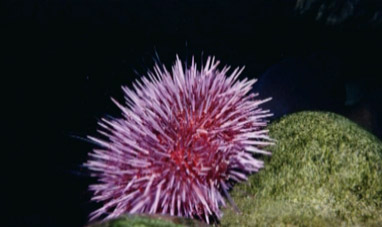

SEA URCHIN


TUNA
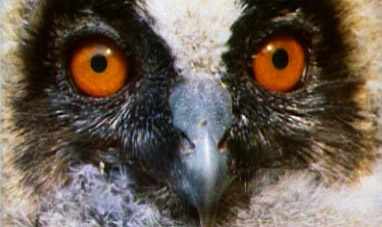

OWL
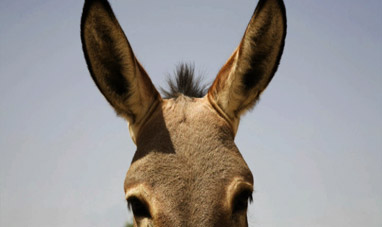

DONKEY


FLAMINGO
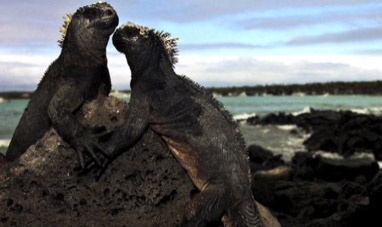

IGUANA
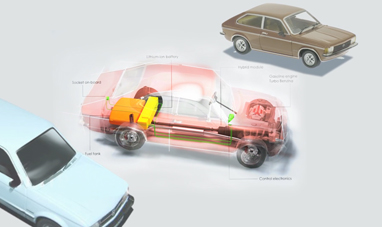

HYBRID VEHICLE


OIL
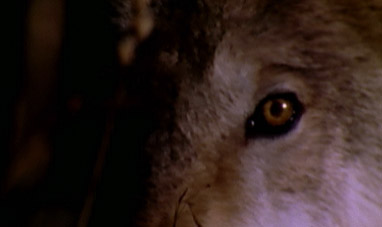

WOLF
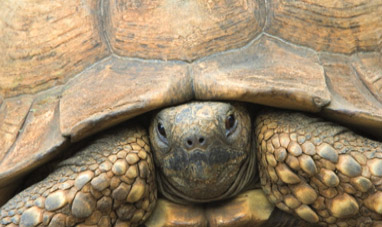

TORTOISE
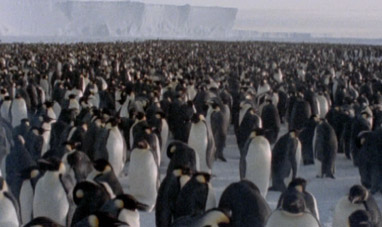

PENGUIN
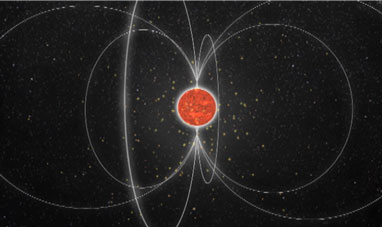

PULSARS
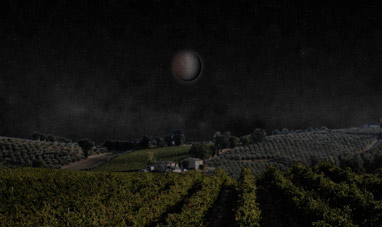

LUNAR ECLIPSES


CANCER


SCORPION


THE NERVOUS SYSTEM


GOOGLE


GEMINI


ARCHIMEDES' PRINCIPLE


DESERTS


GECKO
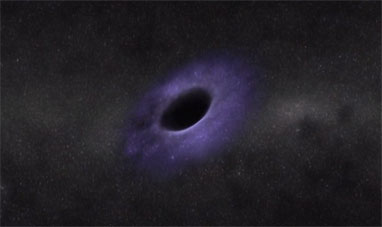

BLACK HOLES


DOG
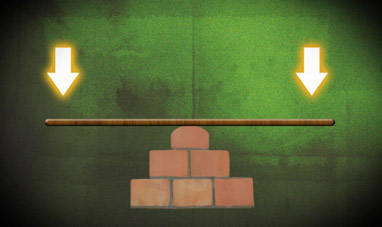

FORCE, EQUILIBRIUM AND LEVERAGE


FALCON


THE PRAYING MANTIS


HAIR
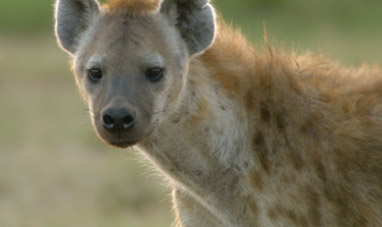

HYENA
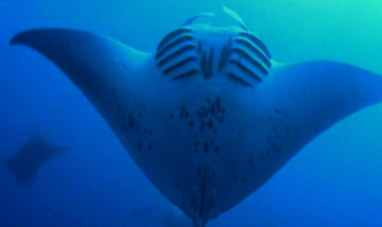

MANTA RAY


EBAY


BARRACUDA
